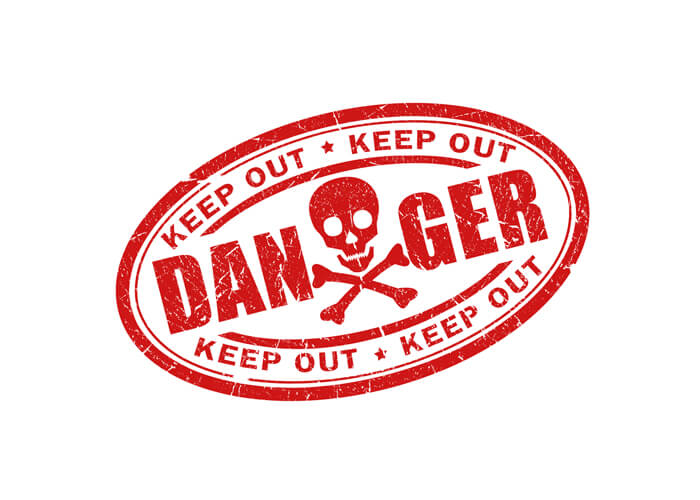Would you willingly ingest a chemical that may cause obesity, type 2 diabetes, hormone disruption, testicular cancer, breast cancer, leukemia, sexual dysfunction or early puberty?
Chances are that you’re ingesting this chemical in many of the items you come in contact with each day– it’s lurking in your food, it’s resting in your food containers and it’s even in your toilet paper. More than 90% of Americans tested have measurable amounts of the chemical in their urine.
The chemical BPA, or bisphenol A is being called by many as an obesogen. Obesogens are foreign chemical compounds that disrupt normal development and balance of lipid metabolism, which in some cases, can lead to obesity. Obesogens may be functionally defined as chemicals that inappropriately alter lipid homeostasis and fat storage, change metabolic setpoints, disrupt energy balance or modify the regulation of appetite and satiety to promote fat accumulation and obesity.
While the government regulates the amount of BPA per product, the combined total of all the times you come in contact with each way would, no doubt, surpass a recommended amount. The chemical is currently being studied in labs all around the world. Some countries have banned BPA in baby products.
Some scientists are arguing that the obesogens may have a bigger impact on weight loss than diet or exercise.
According to The Atlantic, Bruce Blumberg, professor of developmental and cell biology and pharmaceutical sciences at the University of California, Irvine, who coined the term “obesogen,” studies the effect that organotins — a class of persistent organic pollutants that are widely used in the manufacture of polyvinylchloride plastics, as fungicides and pesticides on crops, as slimicides in industrial water systems, as wood preservatives, and as marine antifouling agents — have on the body’s metabolism. Organotins, which he considers to be obesogens, “change how your body responds to calories,” he says. “So the ones we study, tributyltin and triphenyltin, actually cause exposed animals to have more and bigger fat cells. The animals that we treat with these chemicals don’t eat a different diet than the ones who don’t get fat. They eat the same diet — we’re not challenging them with a high-fat or a high-carbohydrate diet. They’re eating normal food, and they’re getting fatter.”
Frederick S. vom Saal, a professor at the University of Missouri- Columbia says, “BPA is the most prominent example of the many substances in our food supply environment that functions as an obesogen. If people really want to solve obesity, diabetes and cardiovascular disease, it isn’t wise to ignore the contribution of BPA to our food supply.”
Surprising places BPA is lurking:
*Reciepts
*Toilet paper
*Dental sealants
*Pizza boxes
*Soft drinks
*Canned foods
*Wine
While there may be no way to cut out BPA entirely, you can make some modifications to your daily life to lessen your exposure.
*Look for plastic labels that have a BPA rating of 7 or higher. The symbol looks like this:
*Look for water bottles that say “BPA free.”
*Buy fresh fruits or vegetables that aren’t in plastic wrap or cans.
*Don’t heat your food in plastic containers.
*Wash your foods
*Sustitute glass for plastic whenever possible.

